Comprehensive Report on Electronic Fuel Injection System Analysis
VerifiedAdded on 2023/04/25
|5
|881
|327
Report
AI Summary
This report provides an overview of the electronic fuel injection (EFI) system, a microprocessor-controlled system used in engines to replace carburetors. It details the system's operation, including the role of sensors in detecting engine conditions such as air pressure, temperature, engine speed, and accelerator position, which are then relayed to the computer (ECU). The ECU compares these inputs with programmed information to determine the appropriate amount of fuel to inject. The report also describes key components like the Electronic Control Module, engine sensors, injector actuators, and electronically controlled unit injectors. Furthermore, it outlines a step-by-step process for diagnosing electronically controlled engine issues, including inspecting components, checking diagnostic codes, assessing mechanical and electrical faults, and verifying repairs. The document also covers the diagnosis of data bus network communication failures and recurrent failures.
1 out of 5
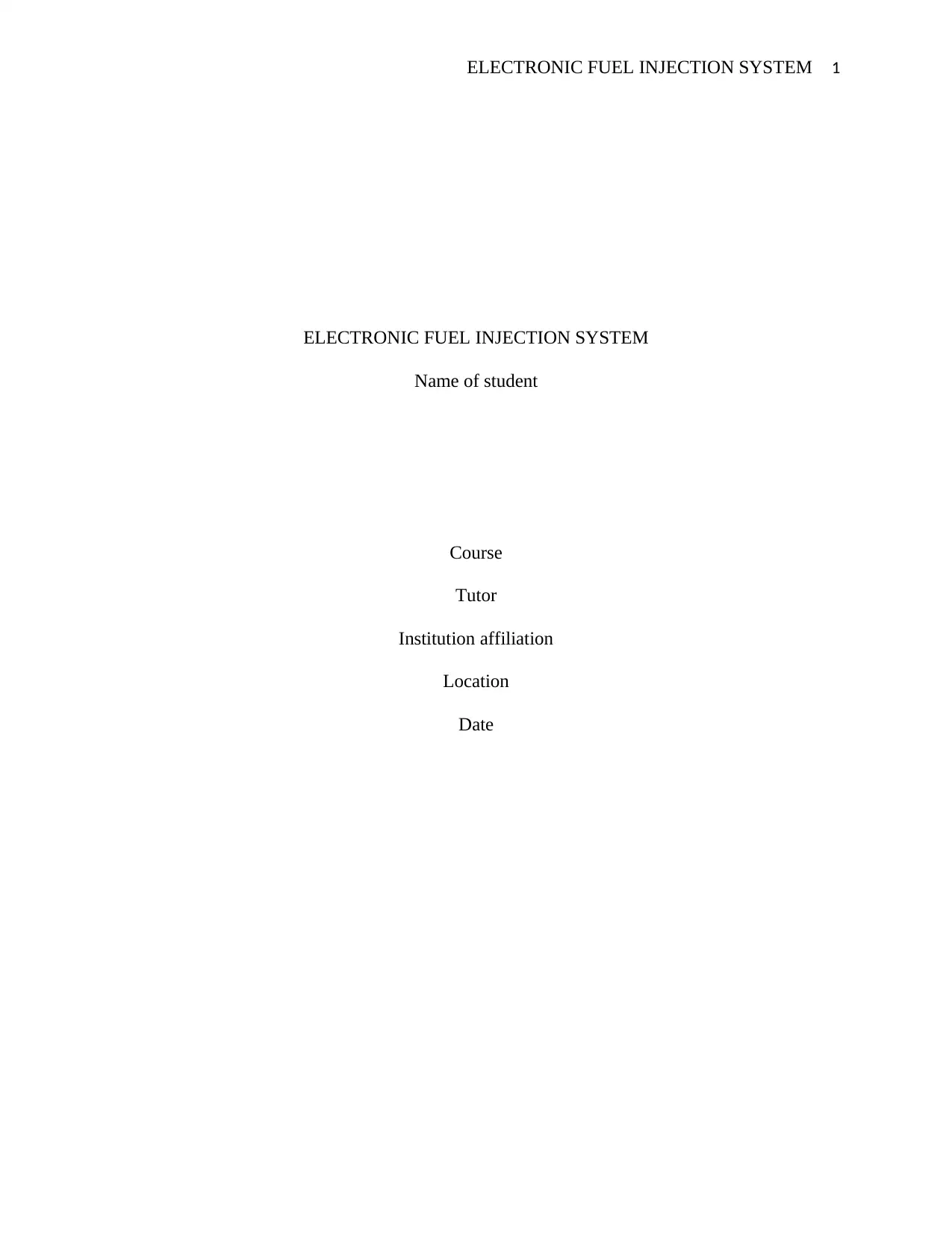
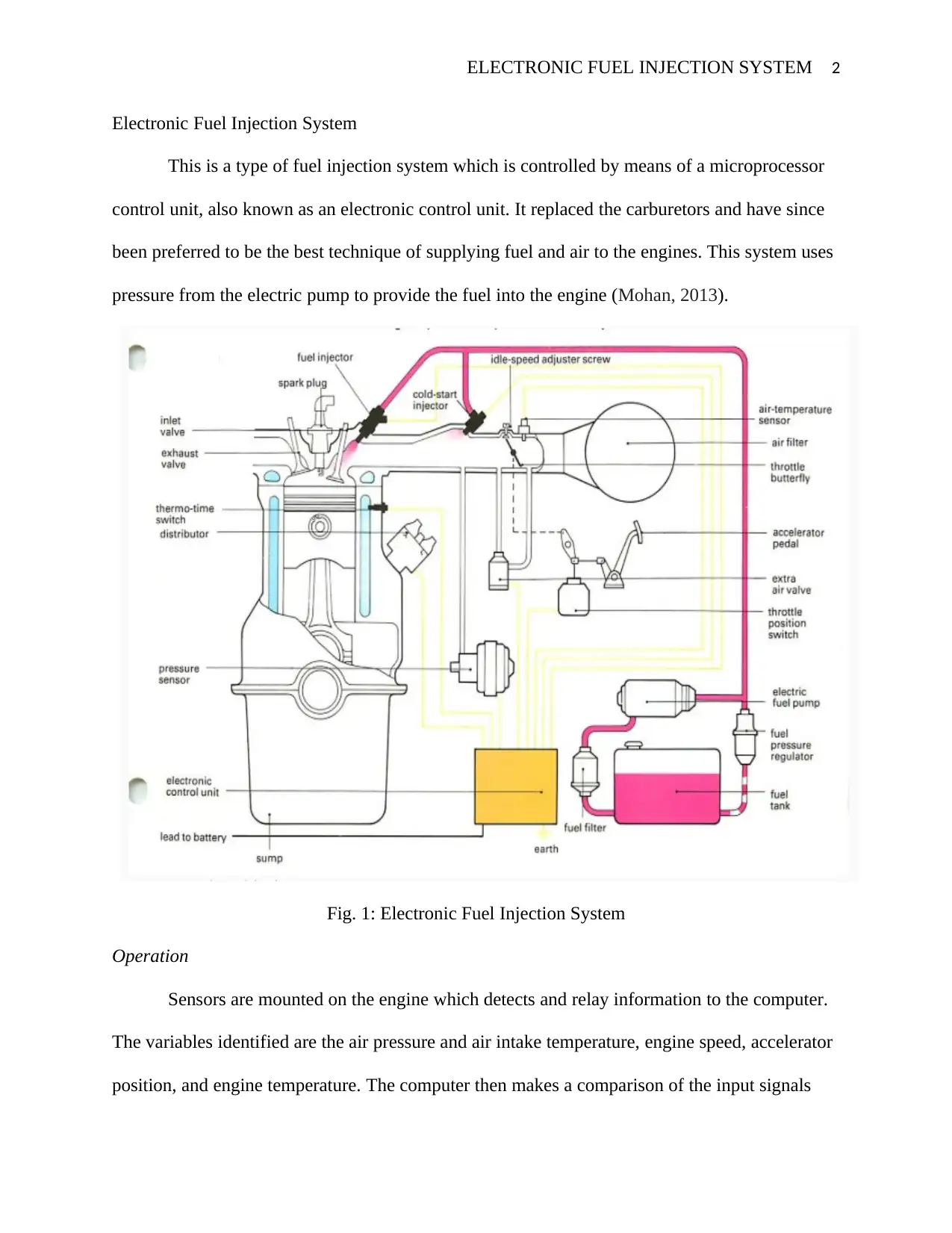
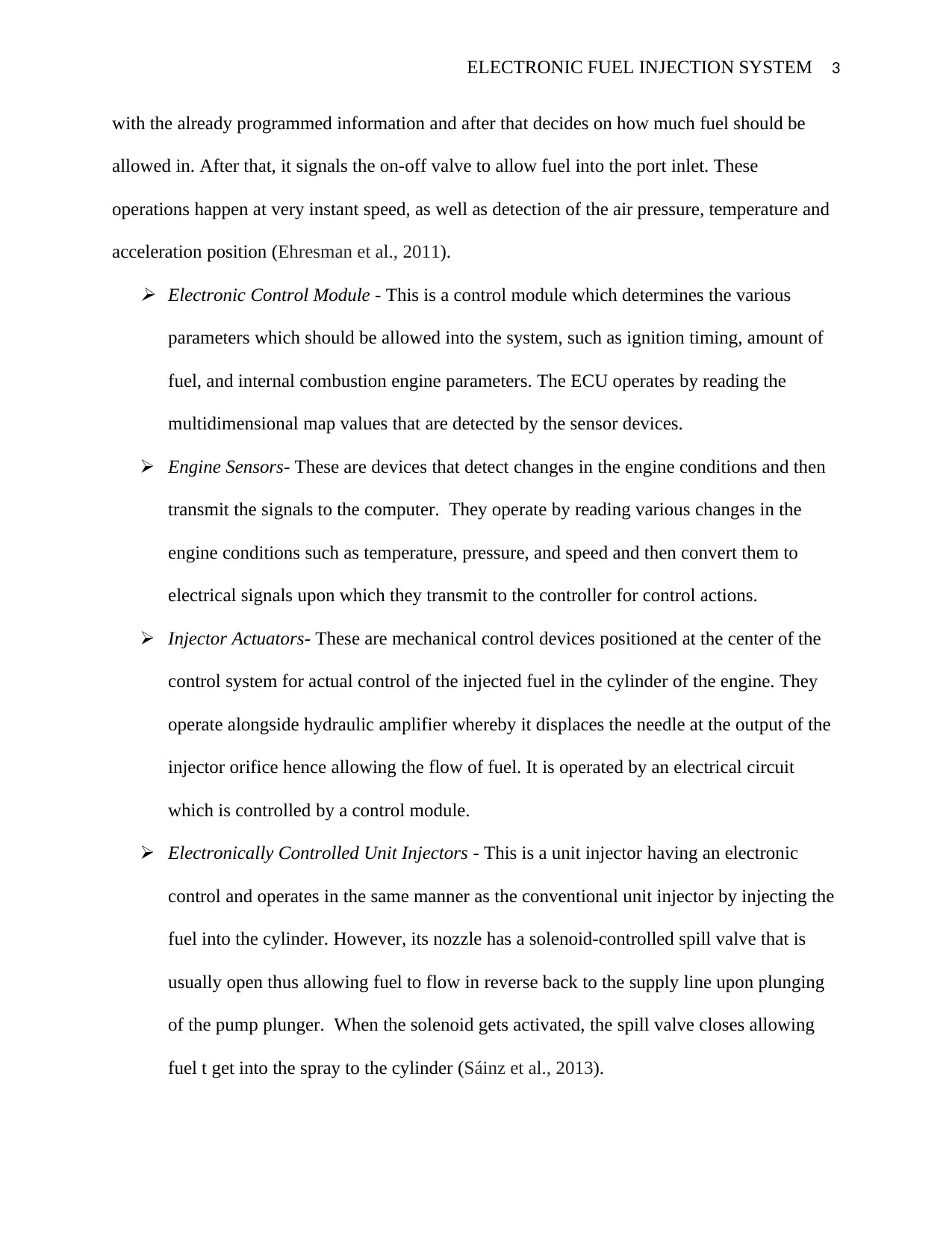

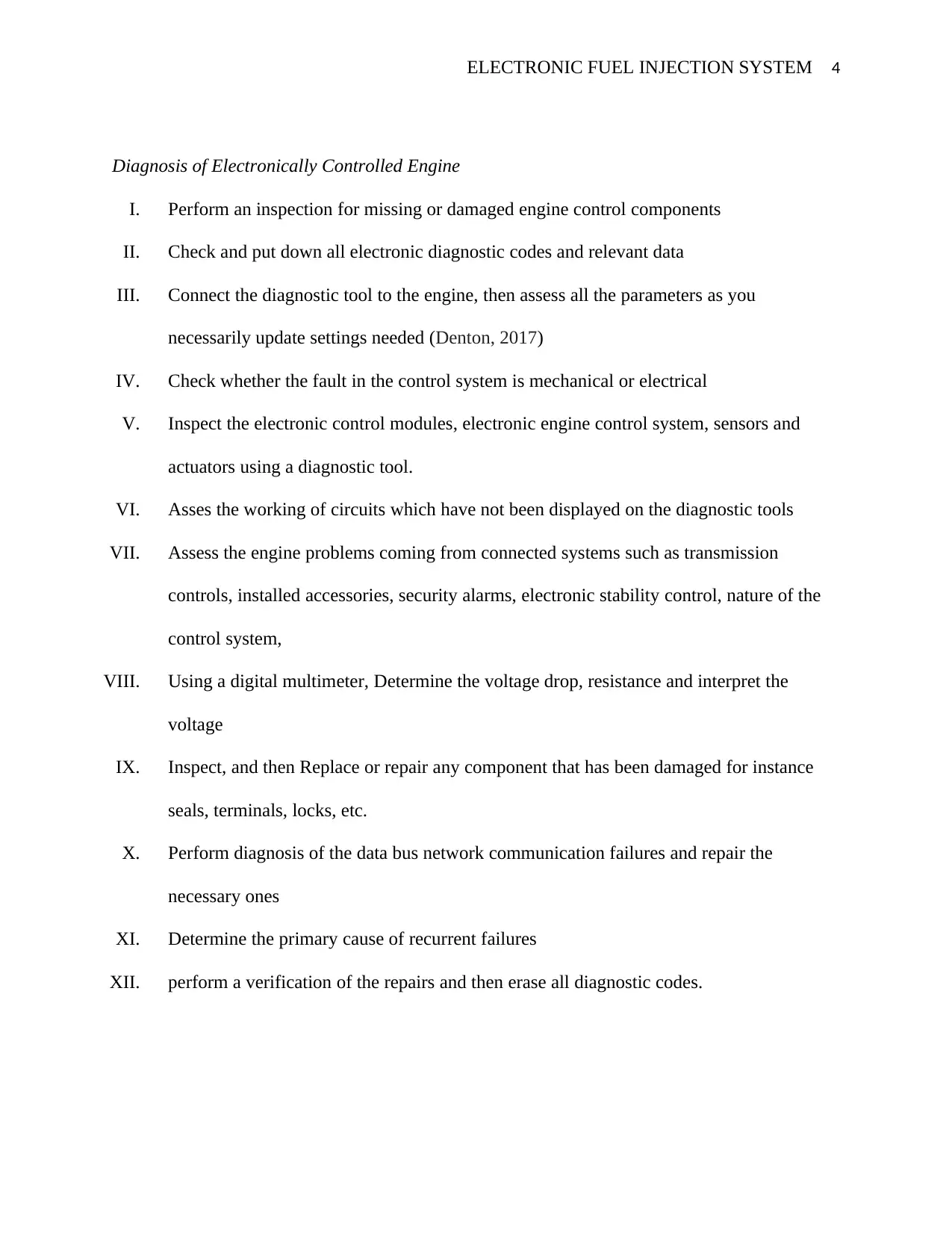
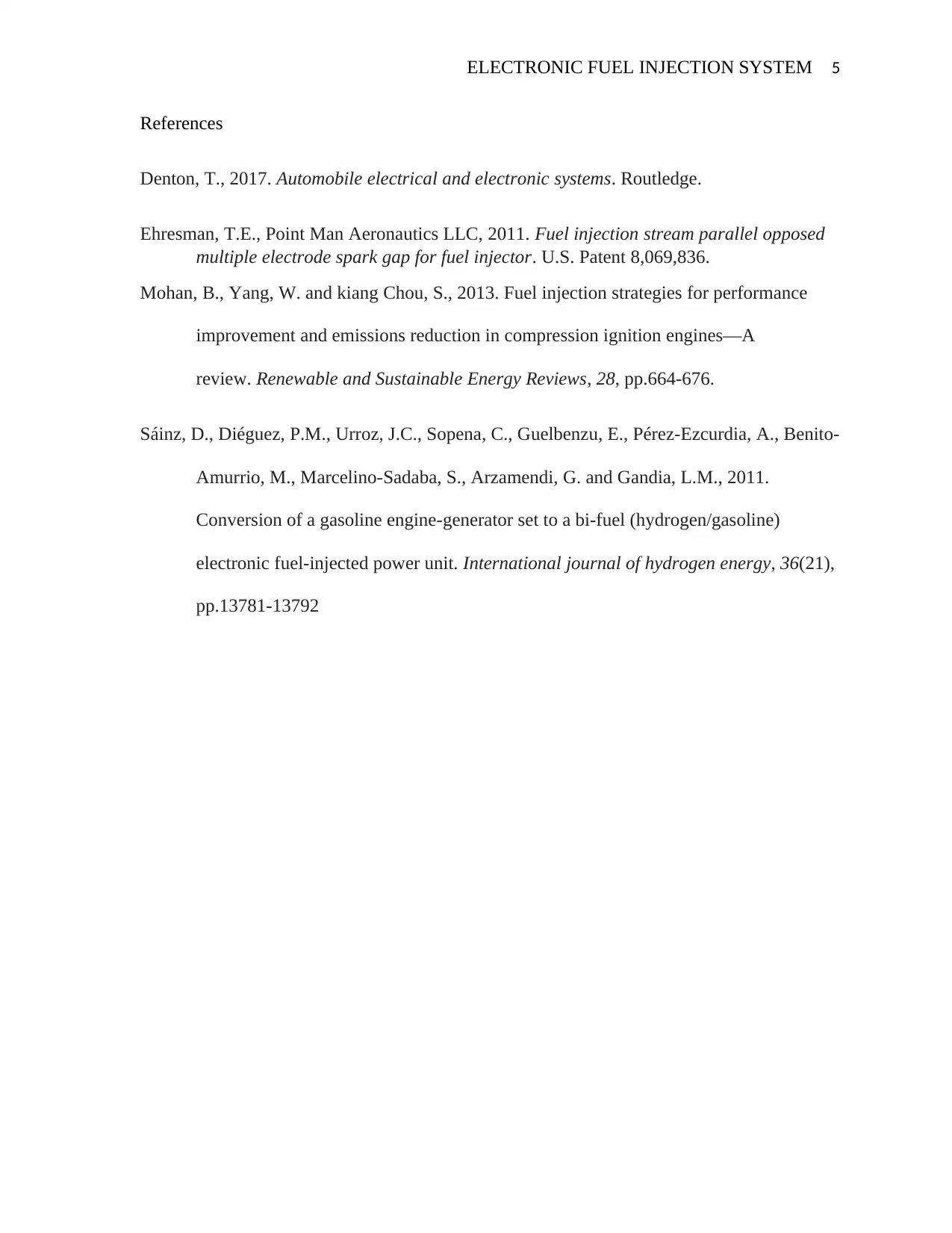





![[object Object]](/_next/static/media/star-bottom.7253800d.svg)